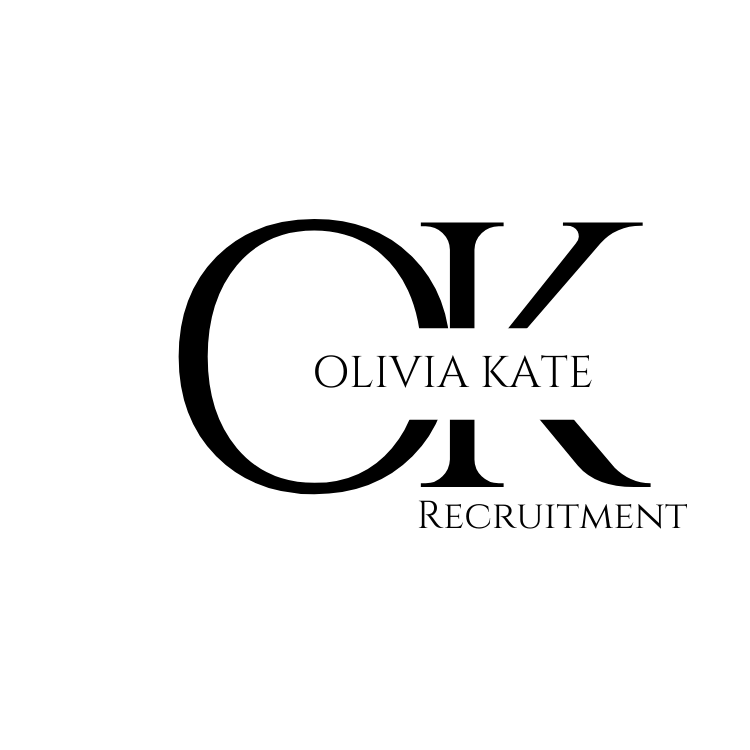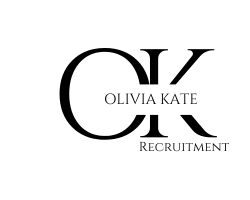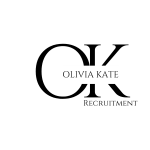Content
This reduces the cash account and reduces the retained earnings account. In addition, the accounting equation only provides the underlying structure for how a balance sheet is devised. Any user of a balance sheet must then evaluate the resulting information to decide whether a business is sufficiently liquid and is being operated in a fiscally sound manner. Locate the company’s total assets on the balance sheet for the period. It is shown as the part of owner’s equity in the liability side of the balance sheet of the company. If the expanded accounting equation is not equal on both sides, your financial reports are inaccurate.
What is the accounting equation?
Ans: It is a basic accounting equation that states that the sum total of a company’s liabilities and equity is equal to its assets.
https://vkremenchuge.com/biznes-i-finansy/strahovye-kompanii/351-strahovaya-kompaniya-pzu-ukraina.html typically refers to shareholders’ equity, which represents the residual value to shareholders after debts and liabilities have been settled. Locate total shareholder’s equity and add the number to total liabilities.
Buy Inventory on Credit
http://www.narcom.ru/publ/info/919 receivableslist the amounts of money owed to the company by its customers for the sale of its products. Is not authorised by the Dutch Central Bank to process payments or issue e-money. An application under Electronic Money regulations 2011 has been submitted and is in process.
The term in fact has meaning only in accrual accounting. It does not apply in cash-based, single entry accounting. You are using business funds to purchase a business asset. Again, you are introducing a personal asset into your business and using it as a business asset. Any investment of personal assets will increase your owner’s equity. Likewise, if you take money out of business, your owner’s equity will decrease. For example, you go into your store and take $100 from the cashier to buy yourself a shirt.
Account
Remember that the accounting equation must remain balanced, and assets need to equal liabilities plus equity. On the asset side of the equation, we show an increase of $20,000.
are things that the business owes in debt and costs that it needs to pay. The business borrows money or purchases goods from a lender or supplier and promises to pay after an agreed period with interest. Examples of liabilities are accounts payable, short-term debt borrowings, and long-term debts. Costs are obligations that a business needs to pay, including rent, taxes, utilities, salaries, wages, and dividends payable. This straightforward relationship between assets, liabilities, and equity is considered to be the foundation of the double-entry accounting system. The accounting equation ensures that the balance sheet remains balanced.
Free Debits and Credits Cheat Sheet
It differentiates between business assets, liabilities, and equity. It forms a clear picture of any business’s financial situation.


